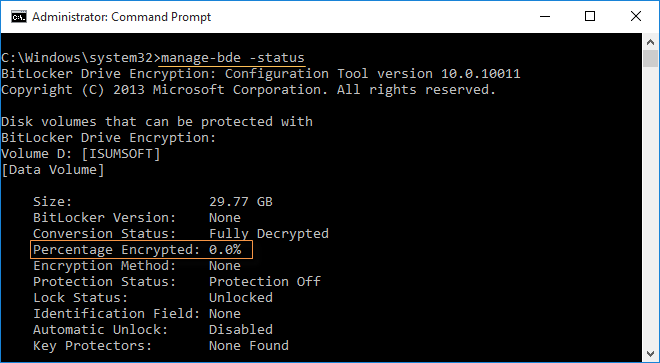


So, Alice must extract her public key and save it to a file using the following command:Ġ0000000 9e 73 12 8f e3 75 4d 29 4d 26 3e bf 80 4e a0 c5 |.s.uM )M &>.N. Remember, the public key is the one you can freely share with others, whereas you must keep your private key secret. This demo uses a Fedora machine with OpenSSL installed. OpenSSL is an amazing tool that does a variety of tasks, including encrypting files. Hence the descriptor "key-pair" the set of keys goes hand-in-hand. The only way you can decrypt your sender's encrypted message is by using your private key. If someone wants to communicate sensitive information with you, you can send them your public key, which they can use to encrypt their messages or files before sending them to you. The other, the private key, is supposed to be a secret and never shared. One is the public key and can be freely shared with anyone you want to communicate with secretly. Public-key encryption uses two sets of keys, called a key pair. Webinar: Automating system security and compliance with a standard operating system.


 0 kommentar(er)
0 kommentar(er)
